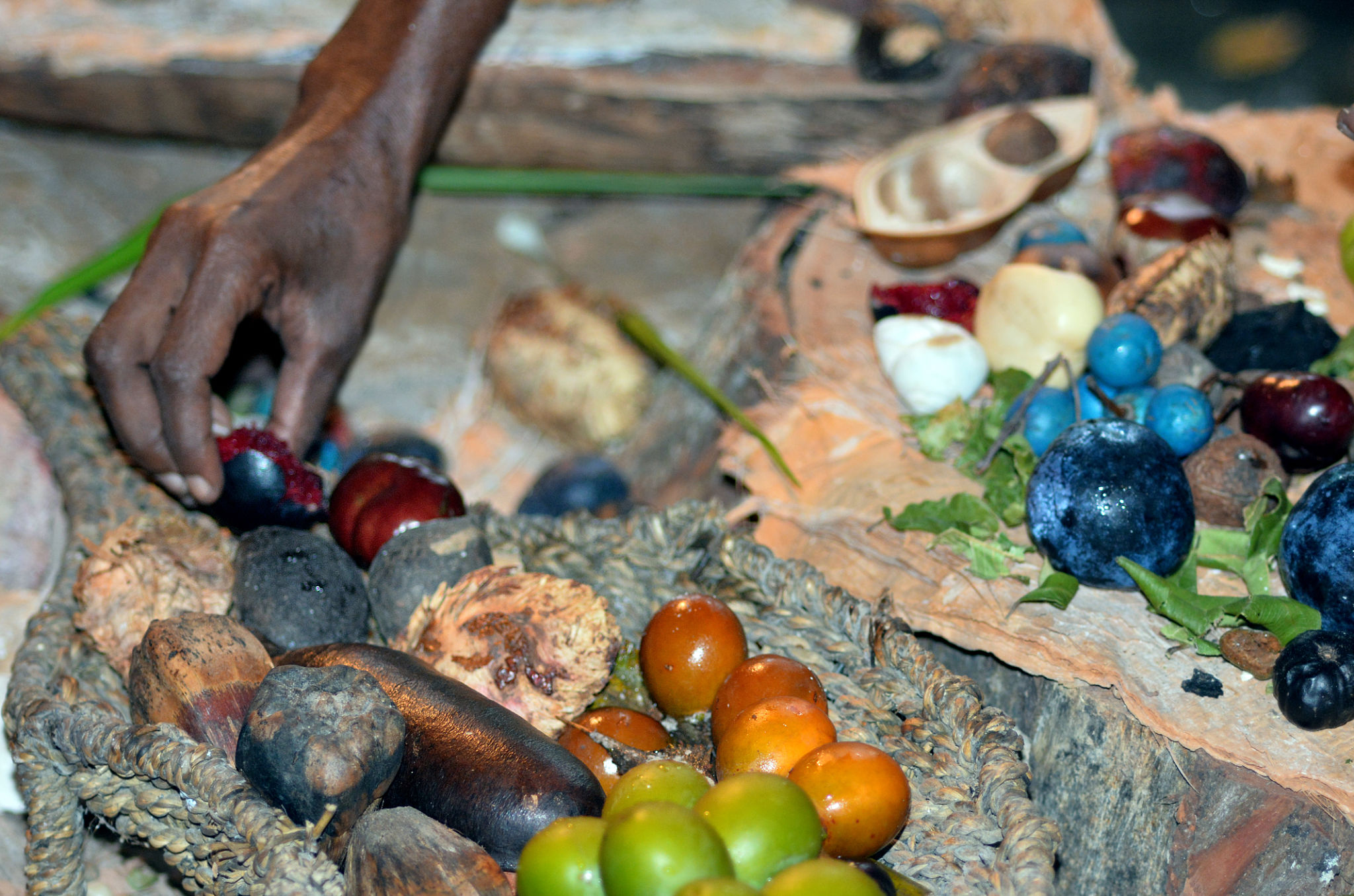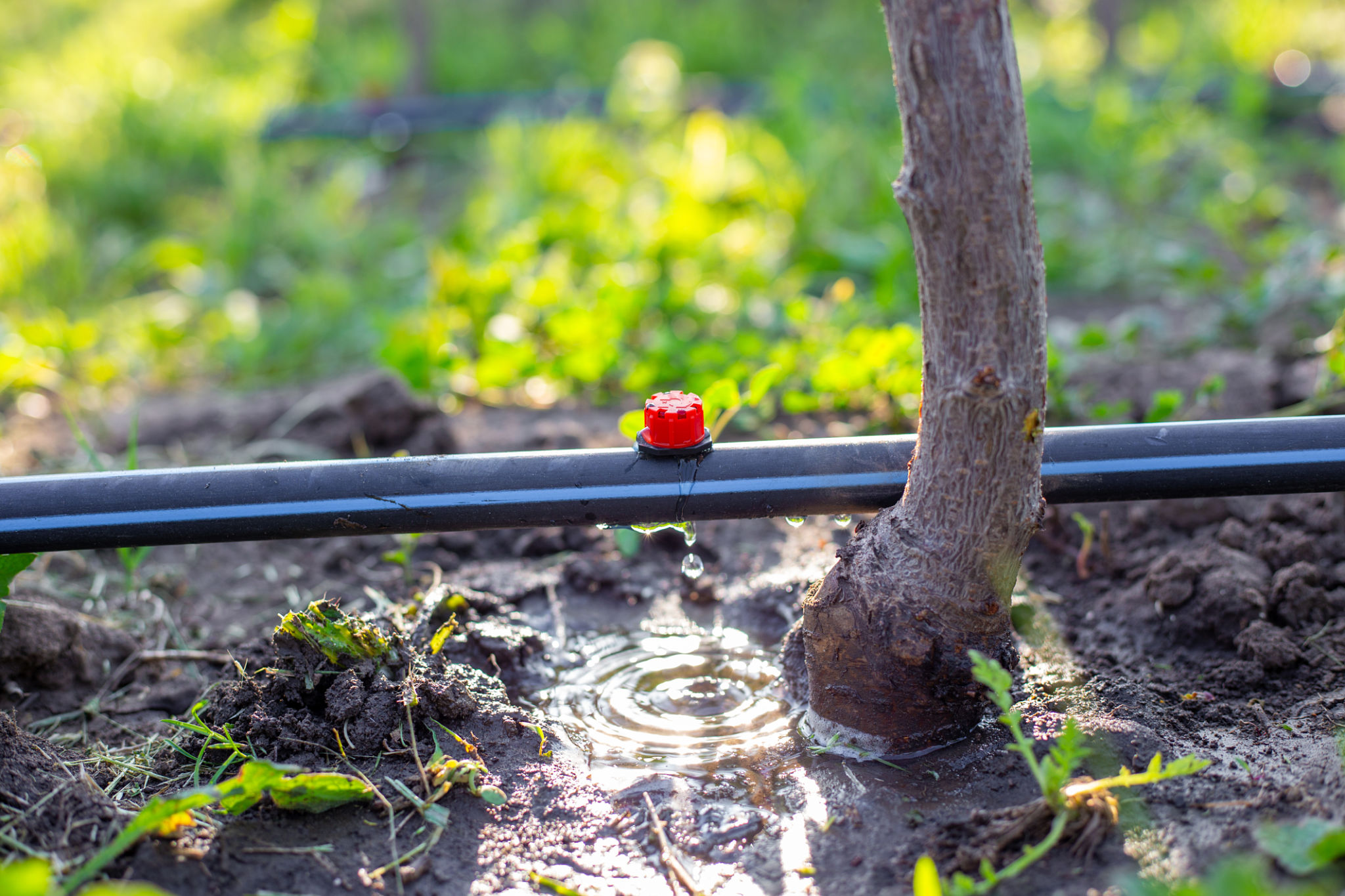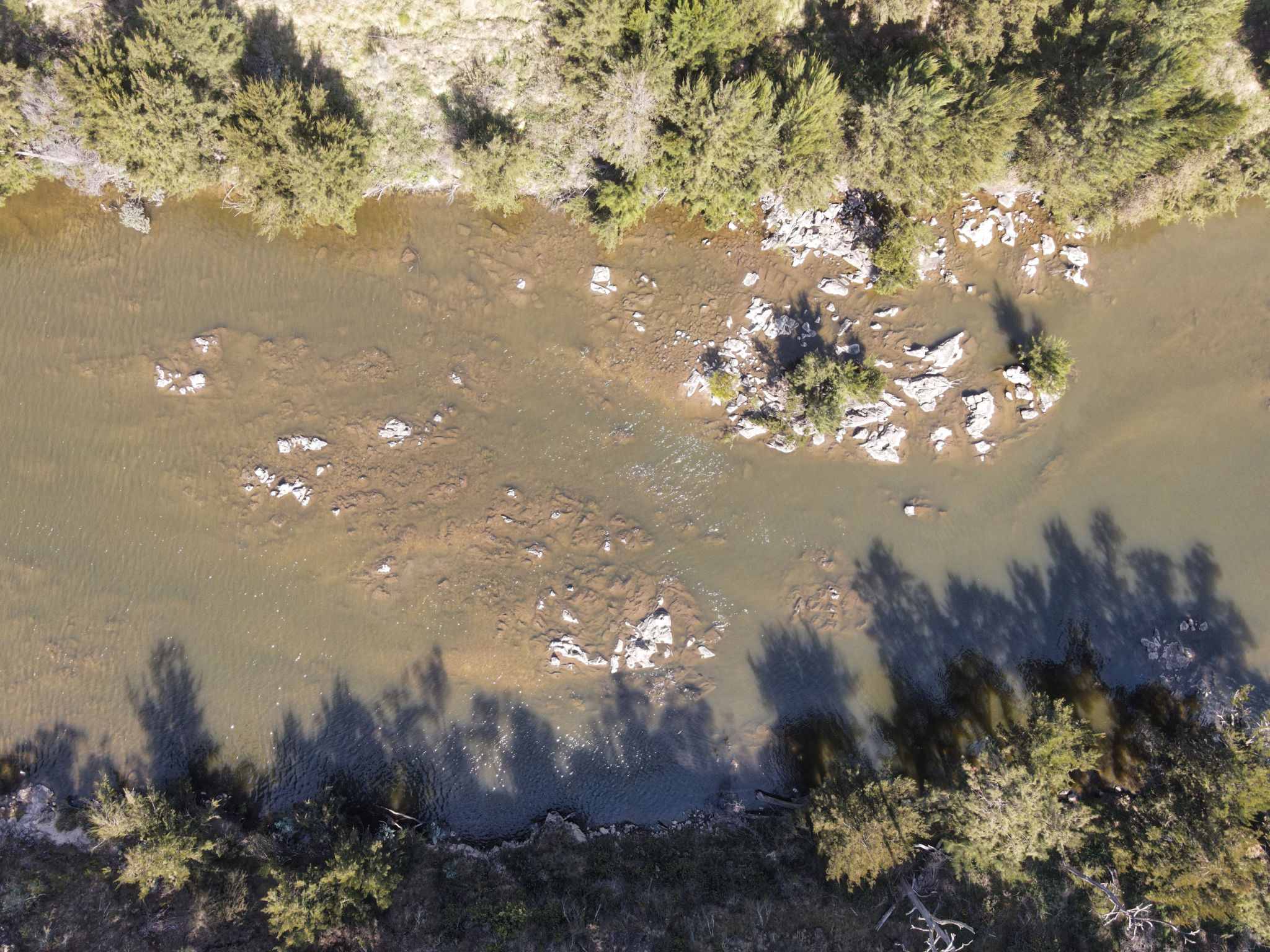Navigating Canberra's Unique Landscaping Challenges: A Local's Guide
CM
Understanding Canberra's Climate
Canberra, Australia's capital city, is known for its distinct climate, which poses unique challenges for landscaping enthusiasts. With hot, dry summers and cold winters, designing a resilient and visually appealing landscape requires strategic planning. Understanding the local climate is crucial to creating a garden that thrives year-round.

Soil Conditions and Preparation
The soil in Canberra can vary significantly, often leaning towards clay-heavy compositions. This type of soil can lead to drainage issues, which is why preparing your soil is a crucial step in the landscaping process. Consider incorporating organic matter such as compost or well-rotted manure to improve soil structure and fertility. This will not only enhance drainage but also promote healthy root growth.
A soil test can also be incredibly beneficial. By understanding the pH level and nutrient content of your soil, you can make informed decisions about necessary amendments. This step will ensure that your plant choices are well-suited to the existing conditions.
Choosing the Right Plants
Selecting plants that are native or well-adapted to Canberra’s climate is vital for a successful landscape. Native plants are not only more resilient to local weather conditions but they also require less water and maintenance. Some popular choices include the Silver Wattle, Kangaroo Paw, and various Eucalyptus species.

Additionally, consider planting drought-tolerant species to conserve water during the dry summer months. Succulents and grasses such as Lomandra are excellent choices that add texture and color to your garden while being low-maintenance.
Water Management Strategies
Water conservation is a significant concern in Canberra's landscaping projects. Implementing efficient water management strategies is key to maintaining a lush garden without wasting resources. Installing a drip irrigation system can help deliver water directly to the root zone, minimizing evaporation and runoff.
Moreover, consider collecting rainwater in barrels or tanks to use during drier periods. This practice not only conserves water but also reduces your dependency on municipal water sources.

Designing with Seasonal Changes in Mind
Canberra experiences distinct seasonal changes, which should be factored into your landscape design. Plan for year-round interest by incorporating plants with different blooming periods and foliage colors. For instance, deciduous trees can provide shade during summer while allowing sunlight during the colder months when they lose their leaves.
Incorporating hardscaping elements such as pathways, patios, and decorative stones can also add structure and visual interest, making your garden appealing even in winter when fewer plants are in bloom.
Dealing with Local Wildlife
Wildlife can be both a blessing and a challenge in Canberra gardens. While attracting native birds can enhance your garden's ambience, pests such as possums and rabbits may pose a threat to your plants. Using deterrents like netting or fencing can help protect your garden from unwanted visitors.

Planting species that are less appealing to local wildlife can also reduce the likelihood of damage. Researching and selecting plants that are known to be resistant to browsing by local fauna can save you time and effort in the long run.
Conclusion
Navigating Canberra's unique landscaping challenges requires a blend of knowledge, creativity, and patience. By understanding the local climate, soil conditions, and plant choices, you can create a sustainable and beautiful garden that thrives throughout the year. With careful planning and the implementation of smart strategies, you can transform your outdoor space into a vibrant oasis amidst Canberra's challenging environment.
